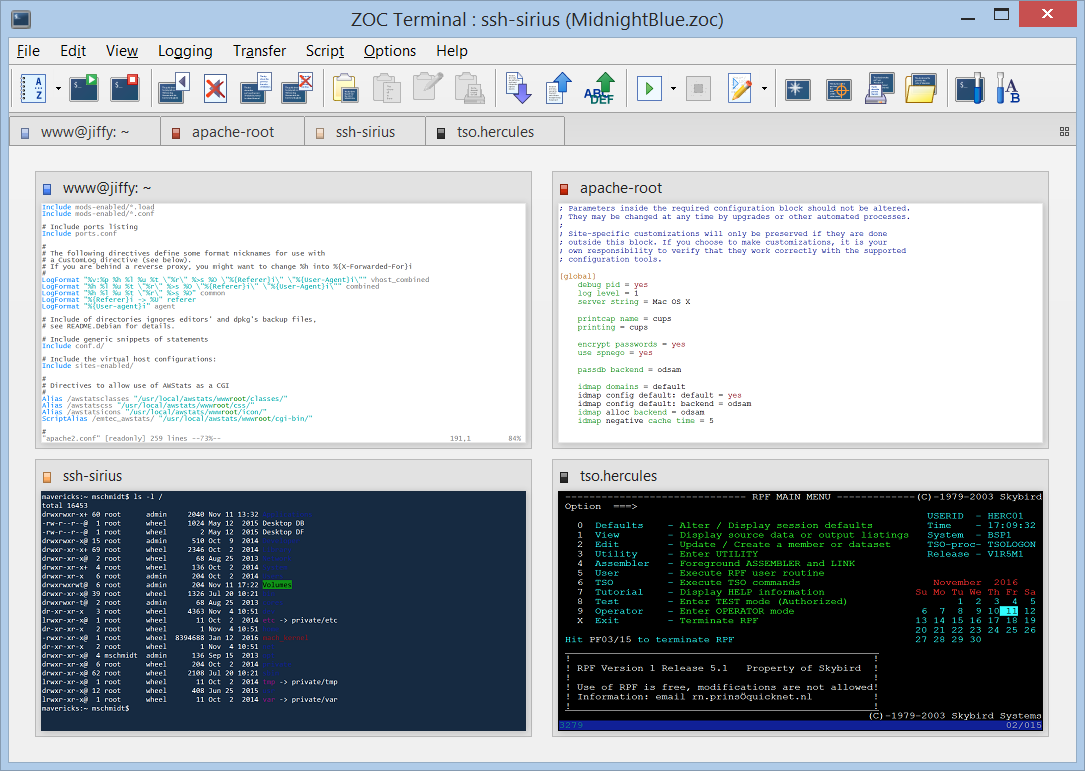

In Windows, whenever we want to install an application, it usually involves a few steps: This is telling the computer, “Yes computer, I know I’m not an administrator/superuser, but I want to do something that requires administrator/superuser access.” The moral of the story is, if we want to do anything in the above list on an Ubuntu Linux machine using the terminal, we’ll probably need to prefix our command with sudo.

Sudo stands for (you guessed it) “substitute user do”, and is appropriately pronounced like “pseudo” (a Greek prefix meaning, “Pretending to be something it is not”).

The only way to run a command that requires superuser access is to prefix it with a command called sudo. In Ubuntu Linux, the default user account does not have superuser access.
Permission modification (changing access rights on individual files/folders). Server control (starting/stopping daemons/services). Configuration file modification (opening a system settings file and editing it). The superuser account exists solely for system administration purposes, and should only be used when performing system administration tasks such as: In Linux, another name for an Administrator is a root user or a superuser. The reason this is a mistake is because Administrators have access to parts of the system that when modified or deleted, can severely cripple a machine. In Windows, it is an unfortunately common mistake to have every user on a machine set up as a member of the Administrators group. New users may be a bit intimidated by the Linux terminal, but here are two of the most basic commands you’ll need to know to do anything productive at a Linux terminal. The power of Linux lies in the strength of the terminal’s ability to process complex commands.







 0 kommentar(er)
0 kommentar(er)
